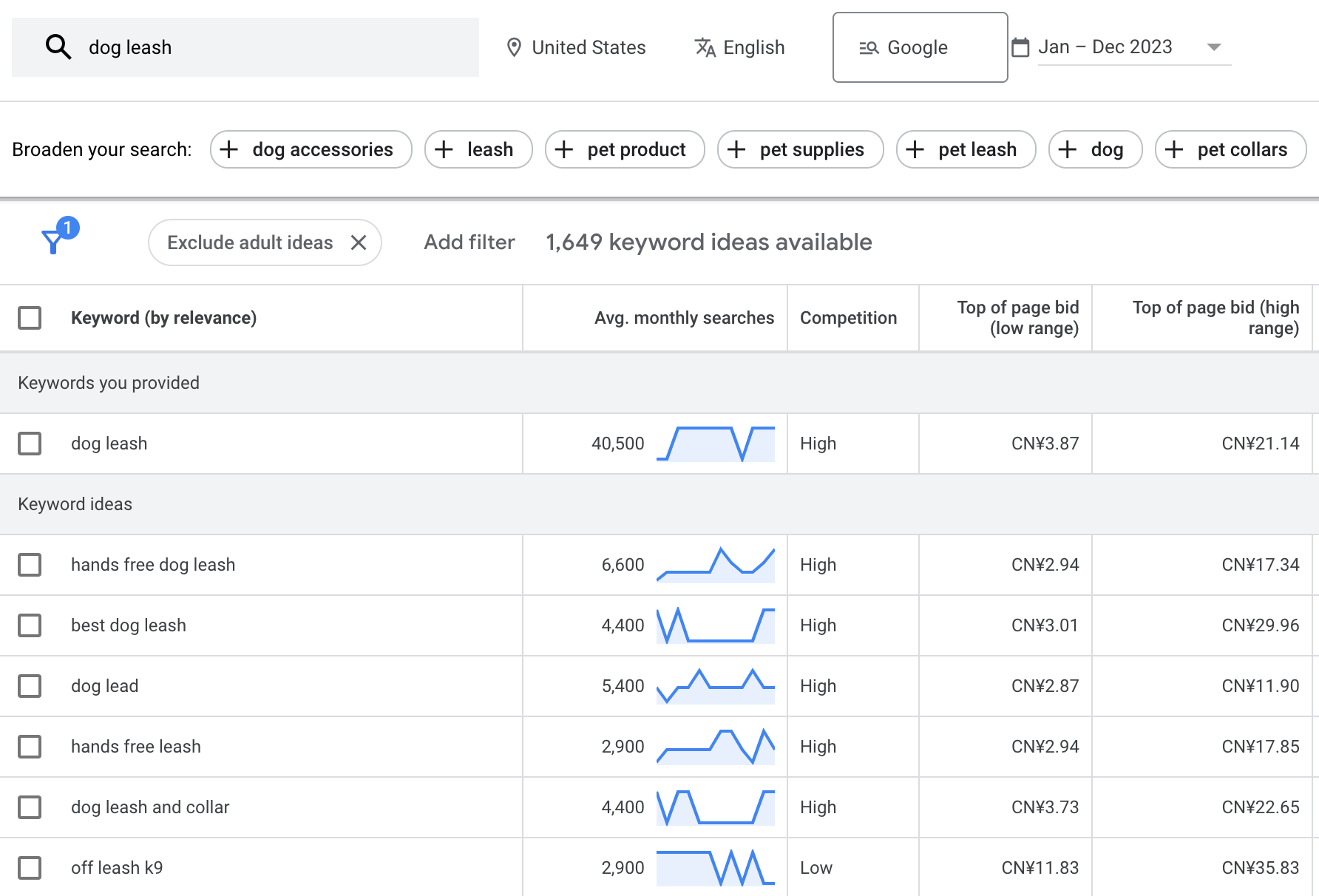How to find a winning product for dropshipping 2024
Finding a winning product for dropshipping in 2024 requires a combination of market research, trend analysis, and strategic thinking. Here are steps to help you identify potentially successful products:
What is a good dropshipping business? Different people has different opinions.
Combined many successful cases (and of course failures as well) we find the key to a successful shopify dropshipping business is 3 factors:
● Low Competition
● Ralatively High Market Needs
● Growing Trend
Low competition decides if you can win in the very beginning.
Market needs volume defines how big is your business.
Google Trends point out the market growth potential.
Sounds pretty easy. But how can we know if one products competition level? Especially when it comes to Shopify Ecommerce. You don't really know what's the sales volume in competitors store, or even don't know who is your competitors.
So before we jump into the Product selection theory jungle, we'd like to share you some really practical methods and tips, which helps you to quickly know these essential data.
1. Find how many Shopify stores are selling your target product.
Google search term “XXXX” site:myshopify.com
This search term can filter out all the shopify stores which includingthe porduct "XXXX" .
For example, when i search "dog leash" site:myshopify.com, the google result shows me there are 15400 shopify stores which selling dog leashes. So there's quite a lot competitons in this filed.

2. Use Google Keywords Planner to learn the cpc cost.
Google Keywrods Planner is a free tool, we can see the dynamic search volume and the bid range, competition. Especially the "page bid" shows in details how's this specific keyword bidding online. Usually cpc cost reflect the competition level.

3. Find a Niche
a. Niche Selection: Start by choosing a niche or category you are interested in or have knowledge about. A niche can be a specific hobby, industry, or product type.
b. Competitor Analysis: Research your competitors in the chosen niche. Identify successful dropshipping stores and analyze their product offerings, pricing strategies, and marketing tactics.
c. Google Trends: Use Google Trends to identify trending products and see if there is a growing or declining interest in your niche.
d. Marketplaces: Explore popular online marketplaces like Amazon, eBay, and AliExpress to discover products that are in demand and have good profit margins.
e. Social Media: Monitor social media platforms, especially Instagram, TikTok, and Pinterest, to identify products that are gaining traction through user-generated content and trends.
4. Product Validation
a. Customer Reviews: Check product reviews and ratings on e-commerce platforms to gauge customer satisfaction and identify potential issues with the product.
b. Market Demand: Use tools like Google Keyword Planner, SEMrush, or Ahrefs to determine the search volume and demand for your chosen product keywords.
c. Social Proof: Look for products with a strong presence on social media, influencers promoting them, and user-generated content like unboxing videos and reviews.
d. Dropshipping Platforms: Explore dropshipping-specific platforms like Oberlo or Spocket to find trending and high-demand products.
5. Profitability Analysis
a. Costs and Margins: Calculate your costs, including product cost, shipping, and advertising expenses, and ensure you can maintain a healthy profit margin.
b. Shipping Times: Check the estimated shipping times for your chosen product to ensure they meet customer expectations.
1. Testing:
a. Start Small: Begin by testing your product with a small budget to gauge its market response.
b. Ad Campaigns: Create compelling ad campaigns on platforms like Facebook Ads, Instagram Ads, or Google Ads to drive targeted traffic to your store.
c. Split Testing: Experiment with different ad creatives, targeting options, and product variations to optimize your campaigns.
2. Customer Feedback and Iteration:
a. Gather Feedback: Collect feedback from customers through reviews and surveys to improve your product listings, customer service, and overall shopping experience.
b. Adapt and Expand: Based on the performance of your initial product, adapt your strategy, and consider expanding your product range to capitalize on other opportunities.
3. Brand Building:
a. Create a Brand: Focus on building a strong brand presence that customers can trust. Invest in branding elements like a professional website design and high-quality product images.
b. Content Marketing: Use content marketing to educate and engage your audience through blog posts, videos, and social media.
Diffshop is an all-in-one maketing tool, which helps us to quickly locate the hot selling proudct, spy on our competitor stores and how's their ads performance.
Remember that the key to finding a winning product for dropshipping is not just about the product itself but also about effective marketing, customer service, and ongoing optimization. Stay agile, keep up with industry trends, and be prepared to pivot your strategy as needed to stay competitive in the ever changing ecommerce landscape.
Before any investment on your shopify online business, one should always research the market and competitor in a very serious way. More information we get, more likely we're going to sucess. Usually 80% of the success is rely on the product/niche market we find.